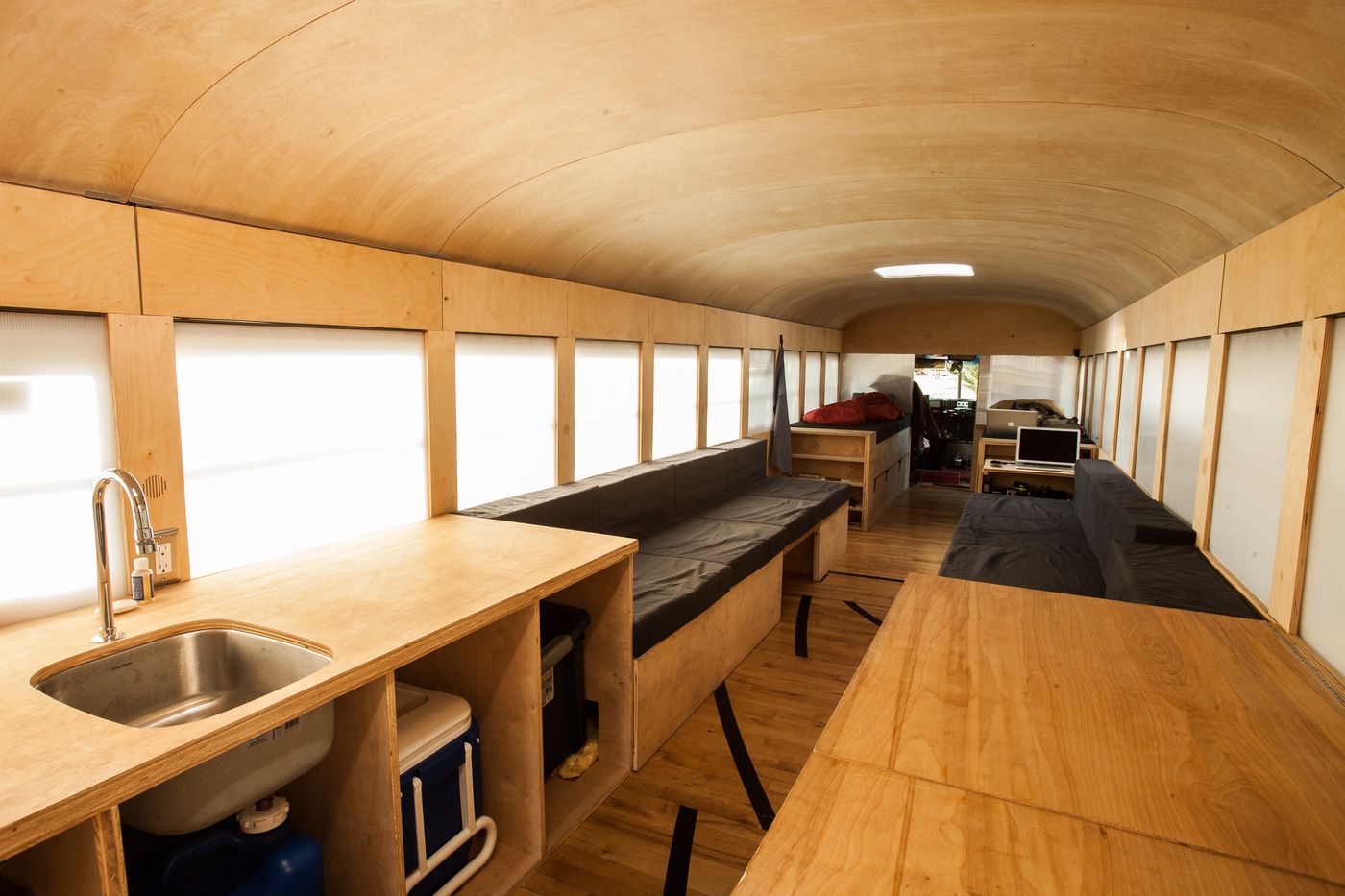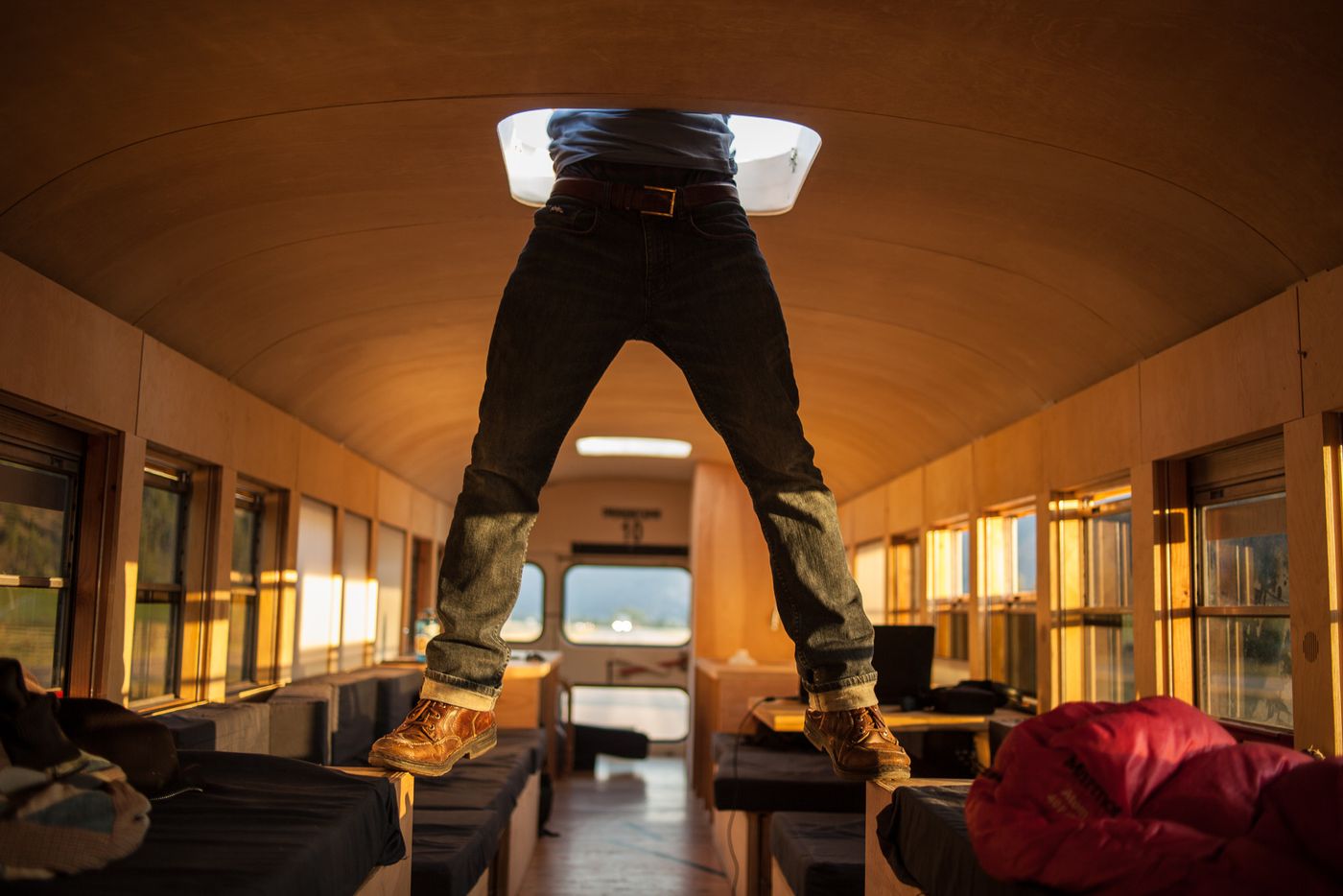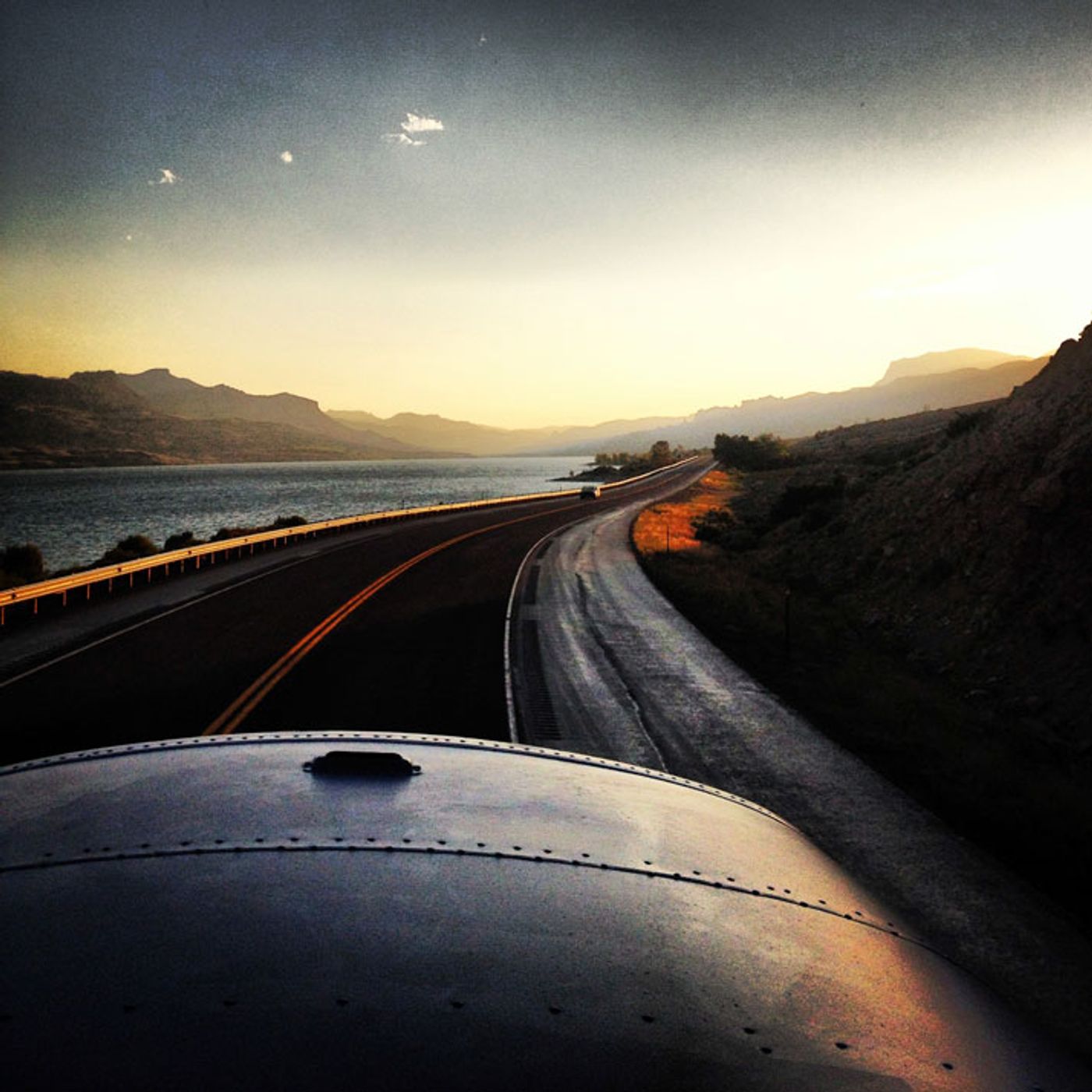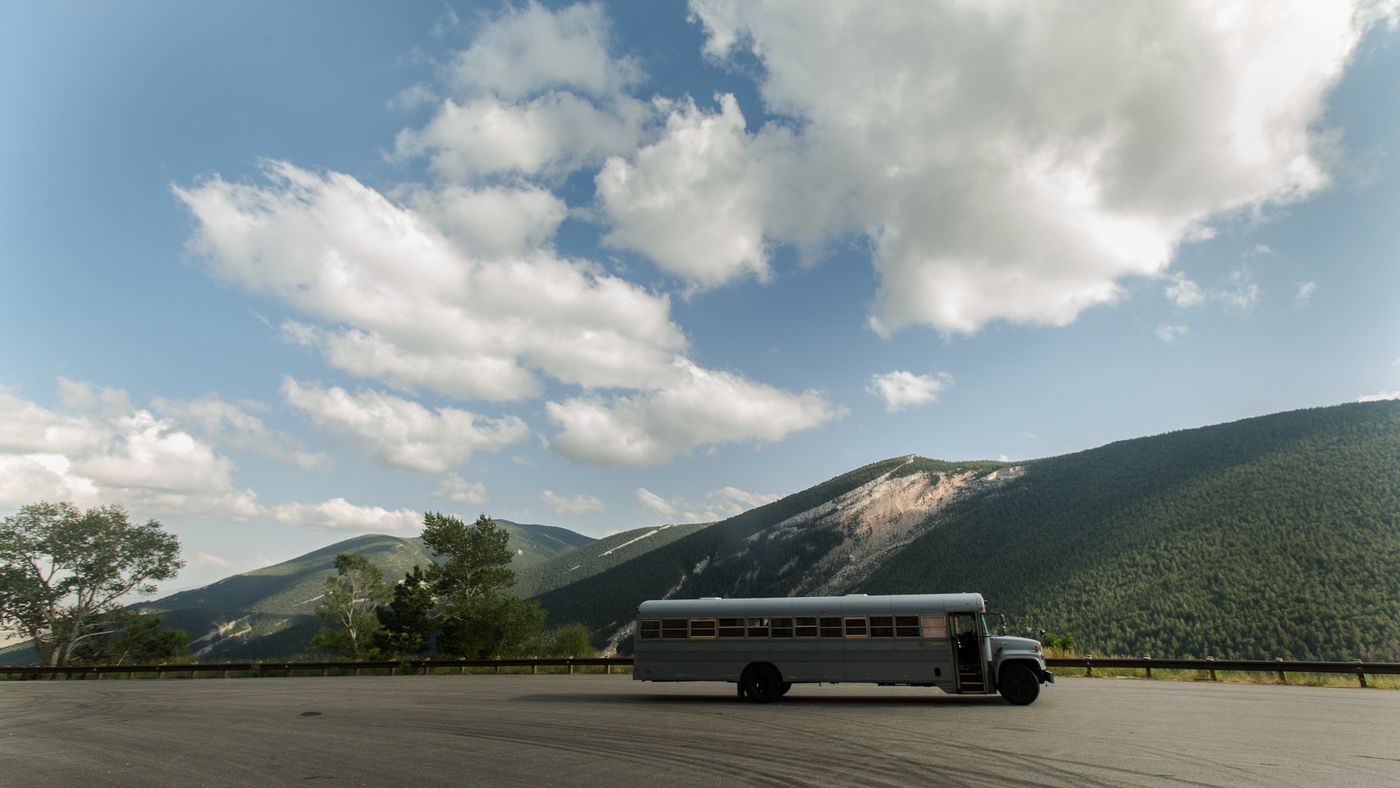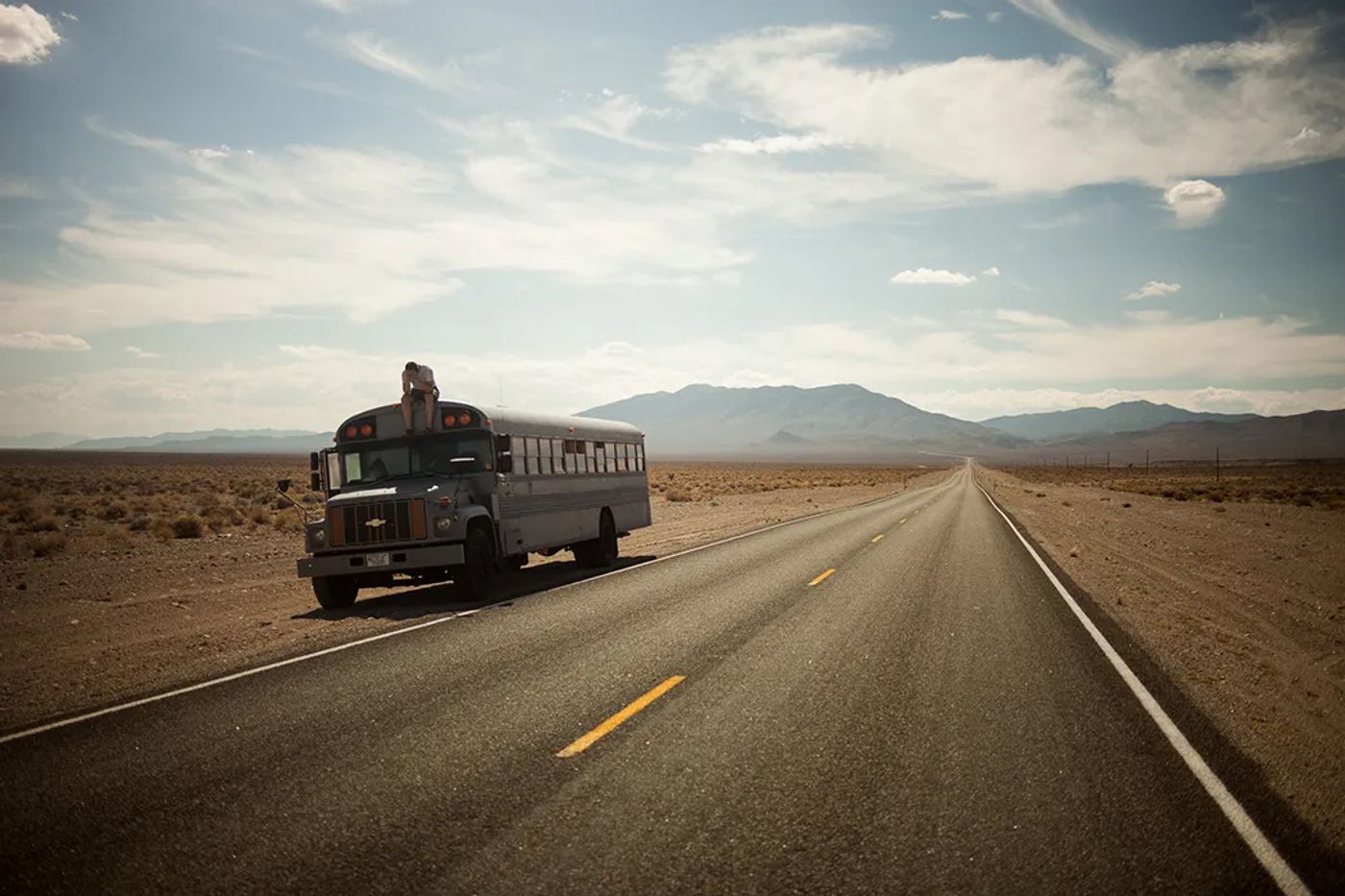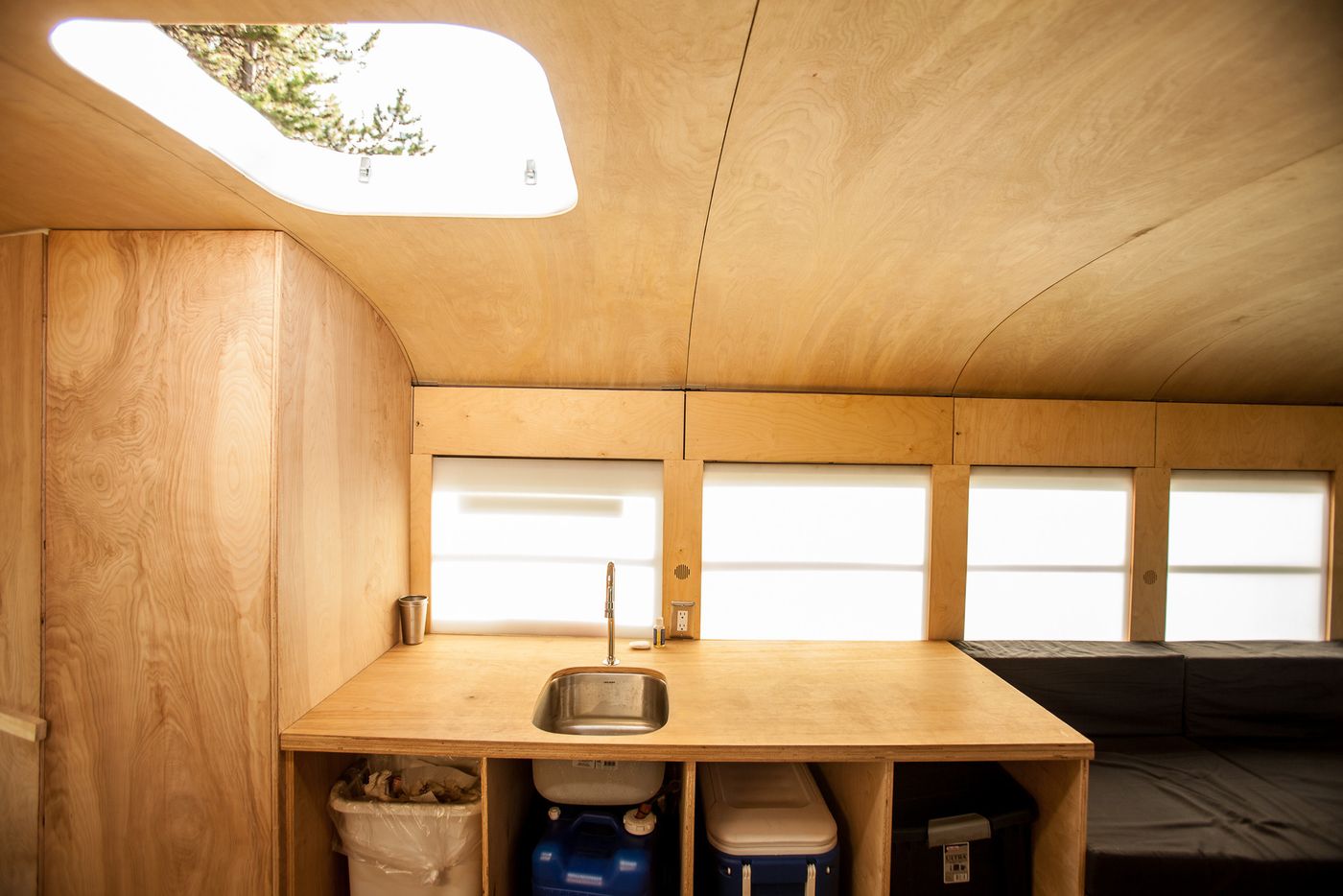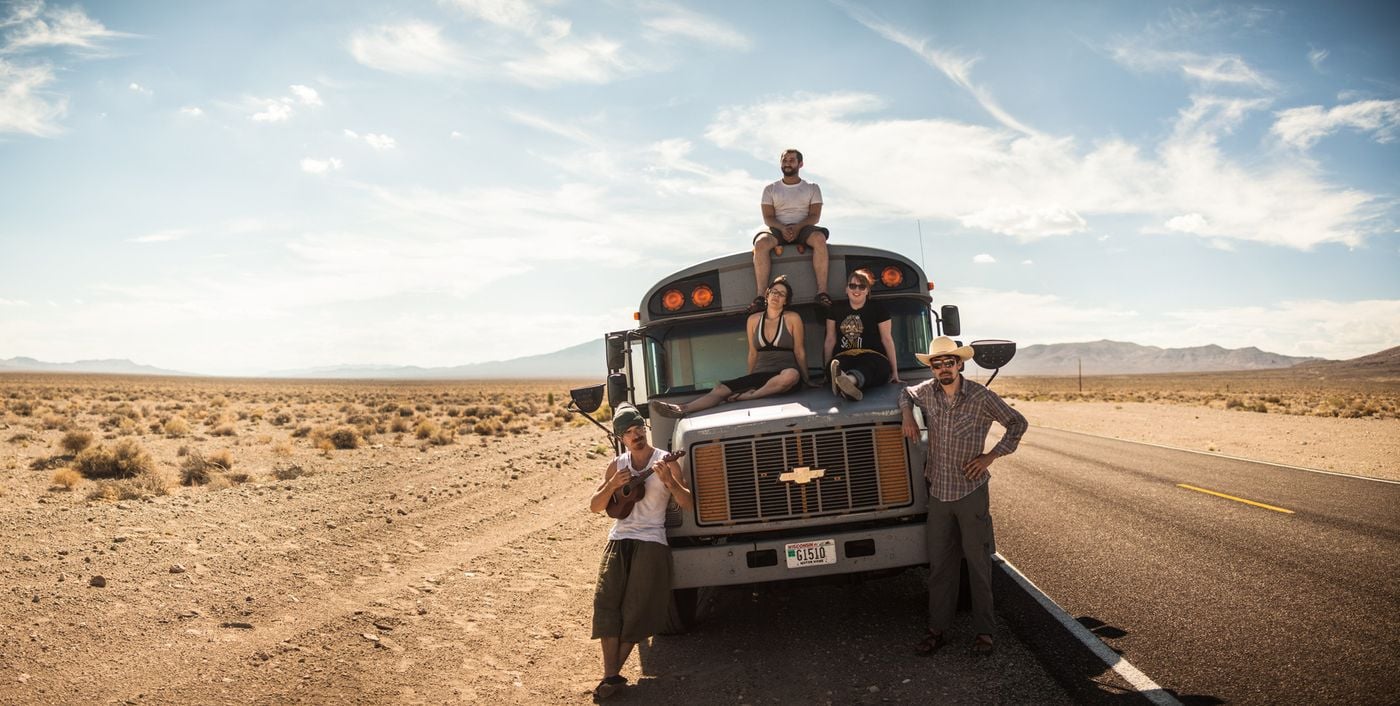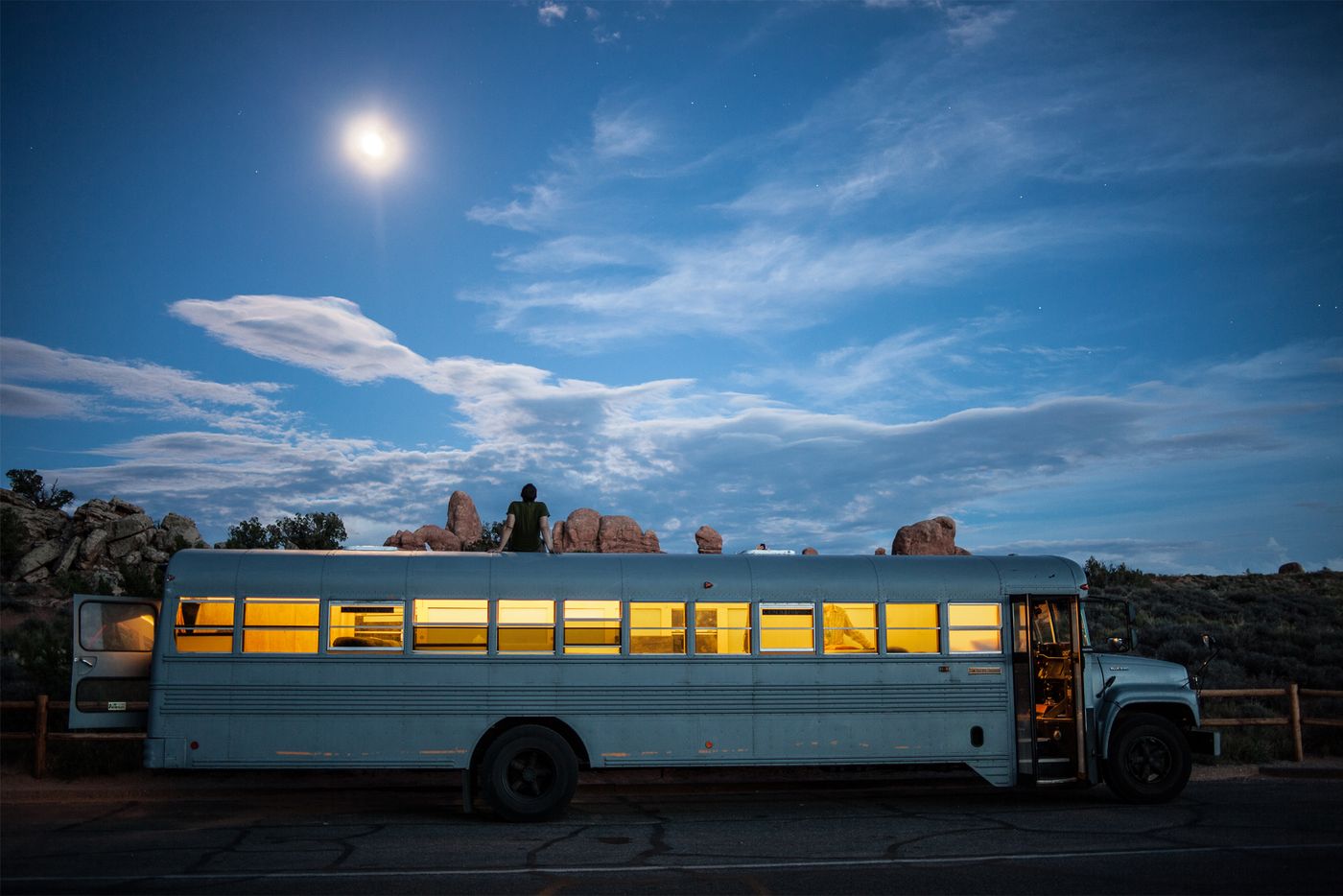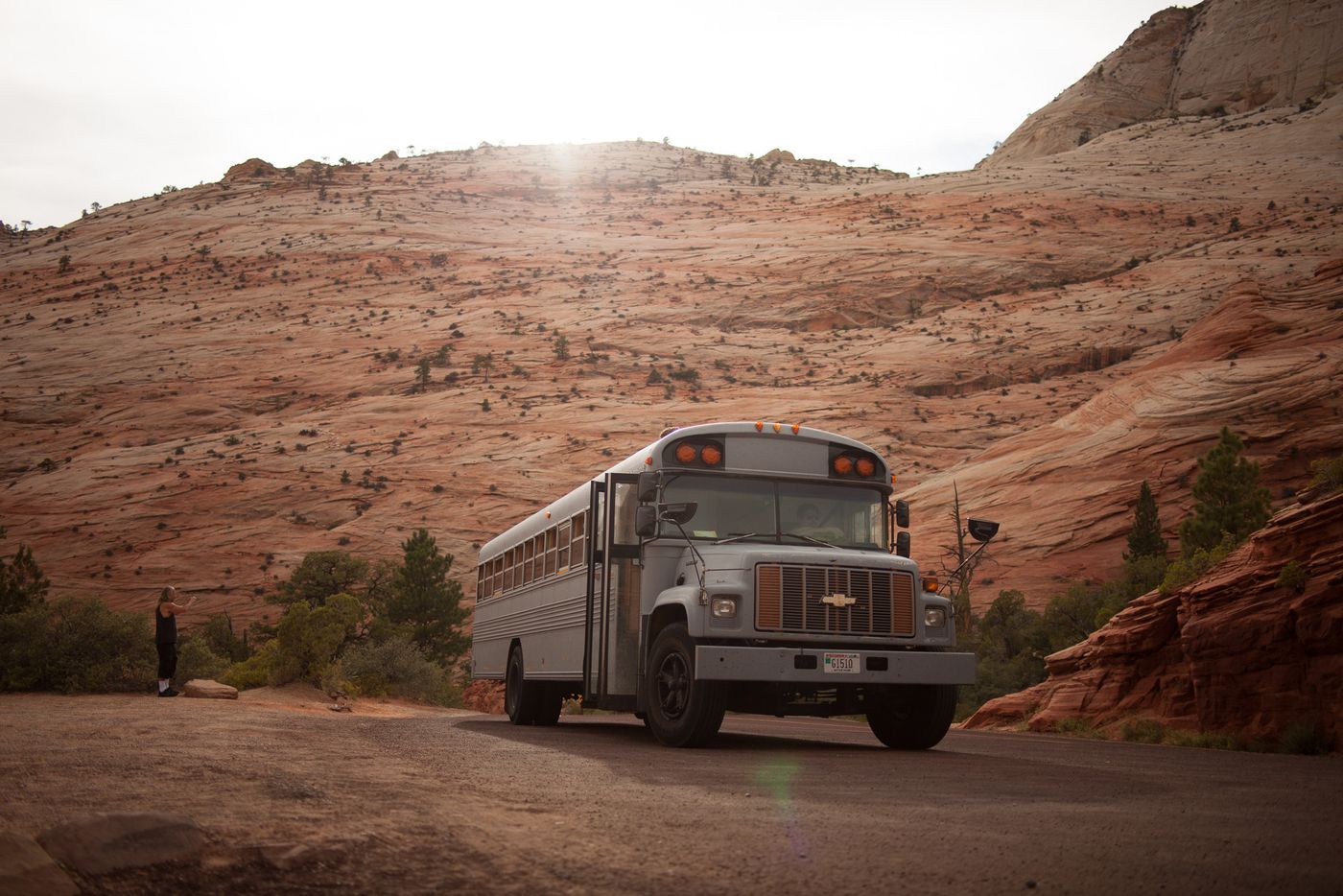
Hank Bought A Bus: Sometimes The Best Plan Is To Not Have One…
Words by Ricardo Hernandez
Location
Hank Bought A Bus: Sometimes The Best Plan Is To Not Have One…
Words by Ricardo Hernandez
Hank Butitta, a graduate student at the School of Architecture at the University of Minnesota, wanted to design and build at full scale for his graduation project. Most professors would be opposed, scared and probably downright reluctant to accept such a proposal from an unseasoned and inexperienced young mind but his instructor, Adam Marcus, encouraged him. Hank's passion for working with his hands led him to forego the traditional post-graduate job hunt in the big city in order to start his own shop. His final project had to highlight his entire skill set. It had to test his design skills, practical reasoning, detail oriented process, financial management and project management skills. For many of us, this sounds just too big already and in an ordinary post graduate job, it could have very well taken Hank 5 to 10 years to begin compiling a body of work reflecting his skills within all these facets.
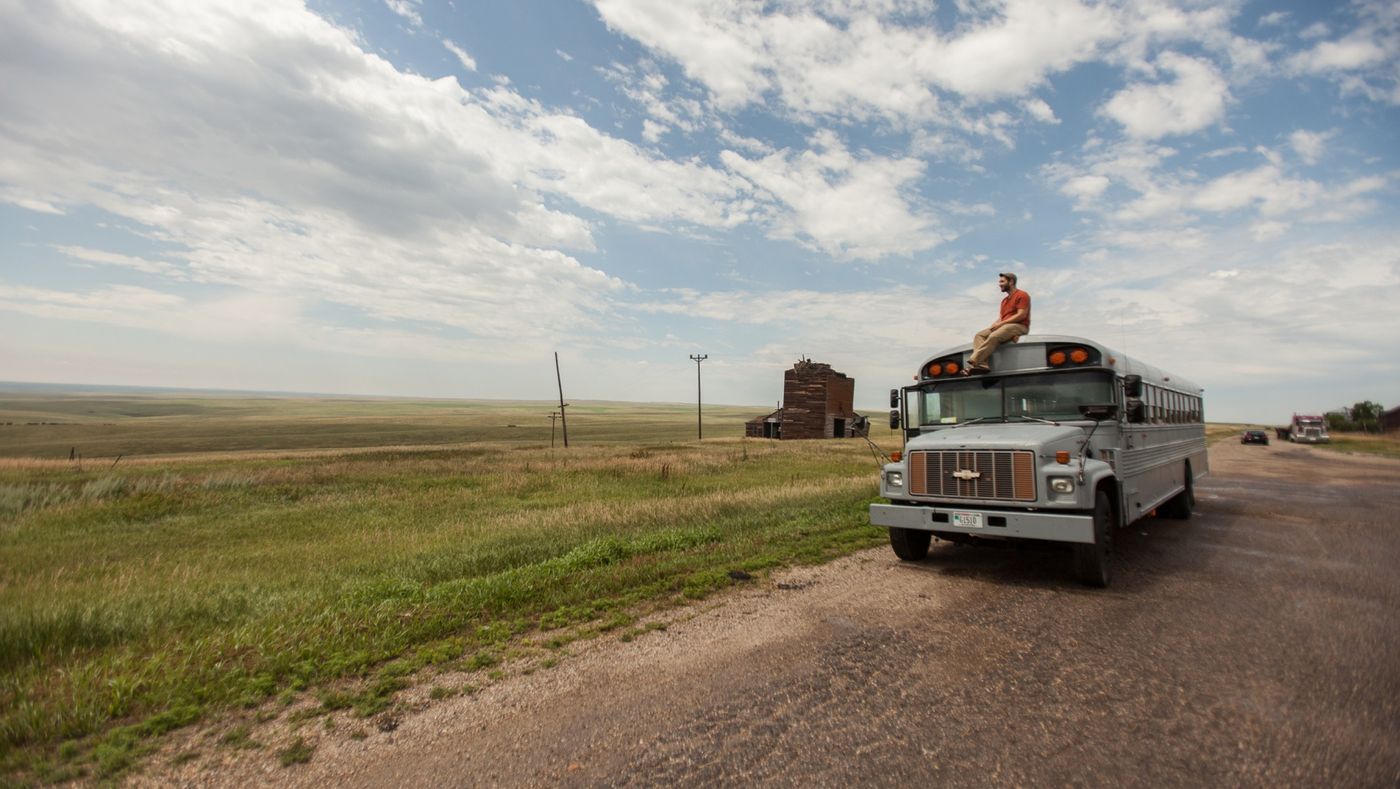
Photo © Justin Evidon.
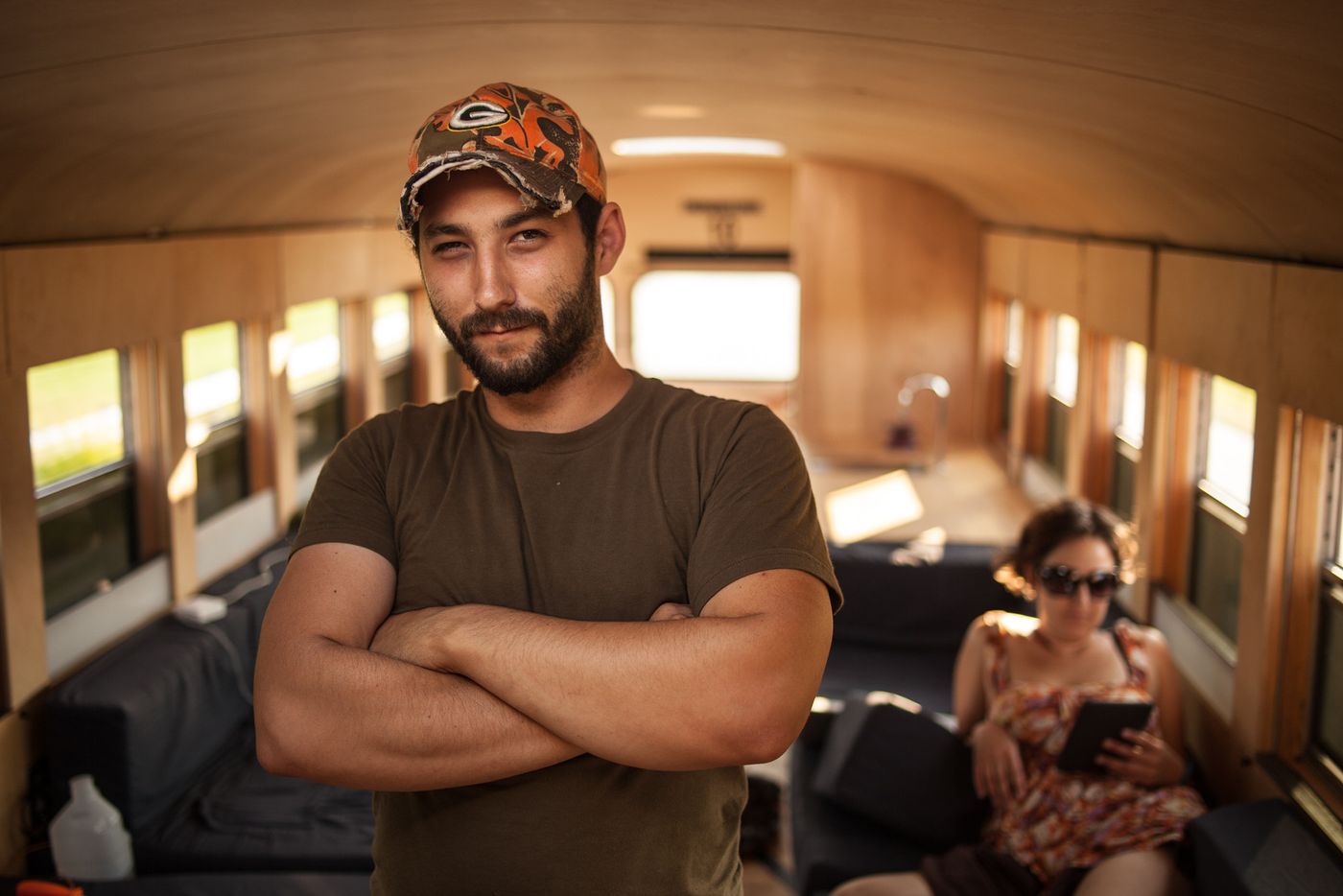
Photo © Justin Evidon.
Hank Butitta went on to propose a full scale redesign of a yellow school bus which he would buy and repurpose into a living and working environment. And so he bought the bus and began measuring and sketching his ideas. As the bus itself was narrow but long in length, Hank opted to leave one long circulation passage and allow that to be the artery from which everything else would be organized around. In order to maximize the space, everything had to be within easy reach: no off the shelf units or furnishings.
Every architectural project begins with the program. In this case the allocation and proportions of the space according to function. Since noise, future plumbing and activity happens mostly in the kitchen and restroom, Hank moved them towards the back and kept them adjacent to each other which gave further order to the project working forward through the length of the bus. Another important facet was the use of natural lighting. Since the bus already possessed its default windows, Hankdecided to make them a feature and leave all of them exposed to allow as much natural light in as possible. This gave the floor plan a very basic layout where the personal activity space is anchored in the back and the rest of the functions are shared between the built in system along the bus and the circulation artery in the center.
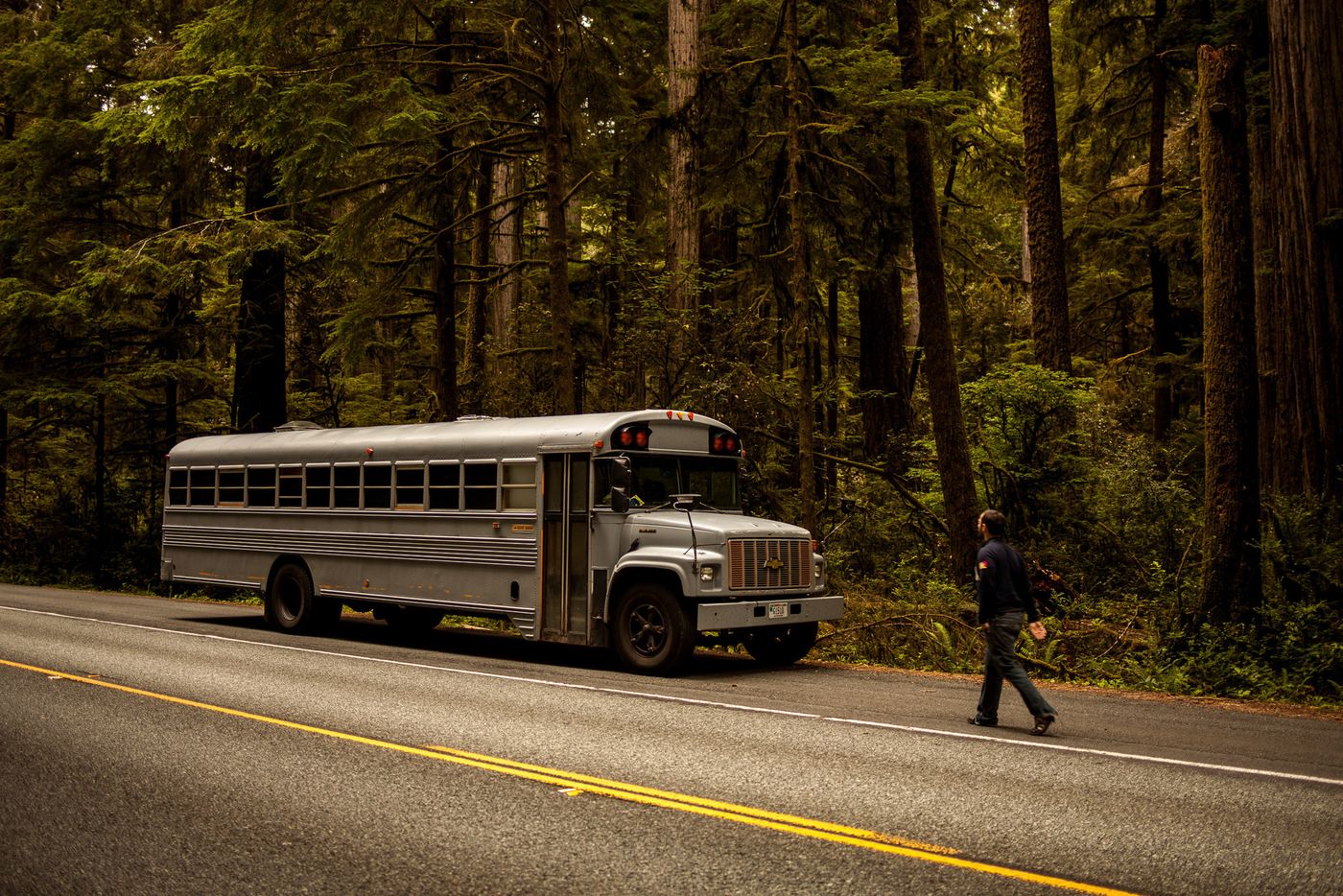
Photo © Justin Evidon.
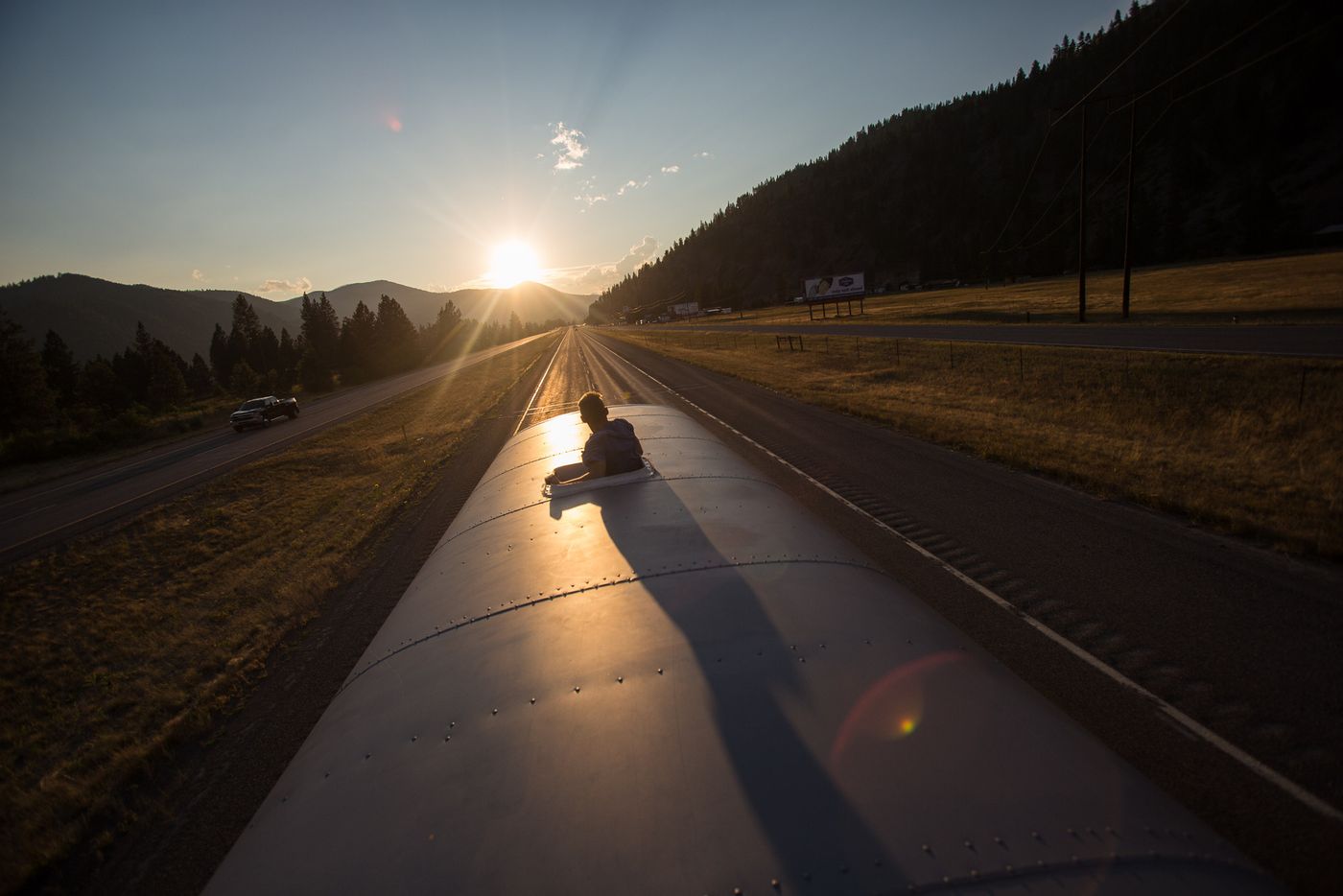
Photo © Justin Evidon.
On the whole, micro-model dwellings have become a popular pursuit in many cities around the world including New York City where its first micro unit development is set to open in the Upper East Side. As is the case with most micro-units, the space’s square footage was limited. This was overcome through different functionalities, i.e. the sleeping configuration could be folded away to be transformed into a workspace through the built in millwork underneath the windows. Through the use of materials that are both honest and practical, Hank successfully built in seating, sleeping, working surfaces and storage into one system that was at once flexible and usable.
For Hank, the yellow bus was the site and client. He felt that although the idea for the project was not an original premise, its opportunities in past trials had not been explored thoroughly and to their upmost potential. This purchase decision allowed him to take a manageable space and investment and turn it into a full scale prototyping project. The final product is a well thought out environment that provides users with everything they need to work, play, eat and sleep in one small space.
"This project was a way to show how building a small structure with simple detailing can be more valuable than drawing a complex project that is theoretical and poorly understood. I think we need more making in architecture!" - Hank Butitta
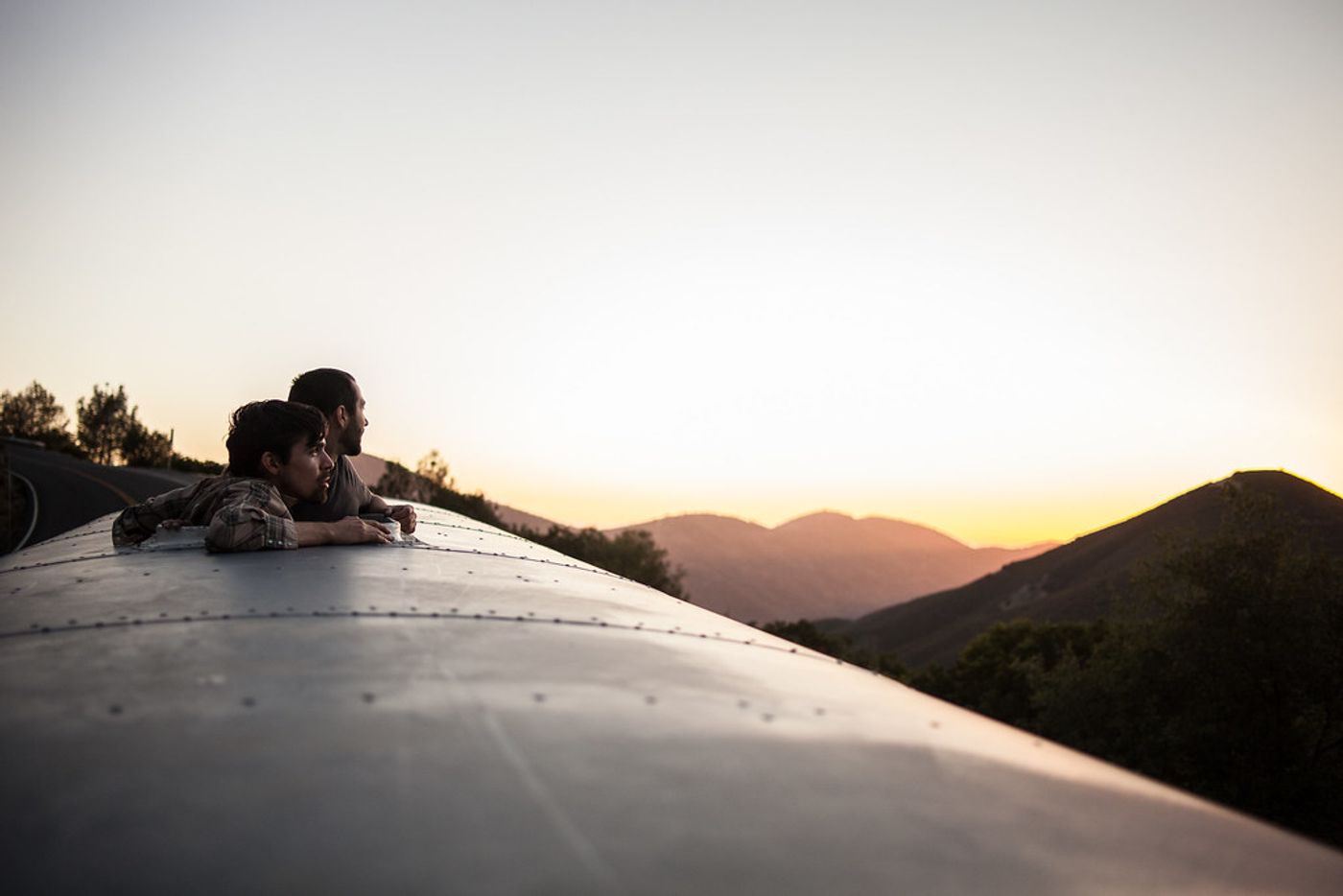
Photo © Justin Evidon.
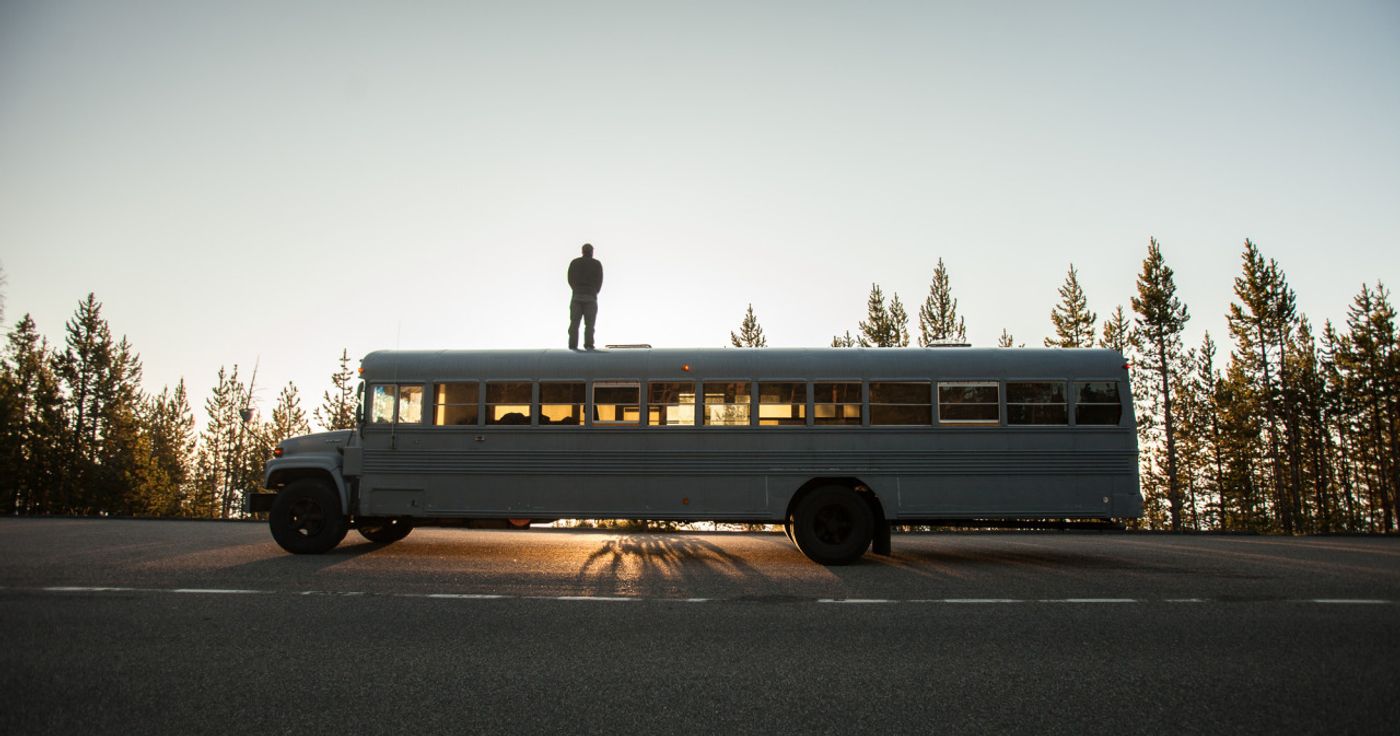
Photo © Justin Evidon.
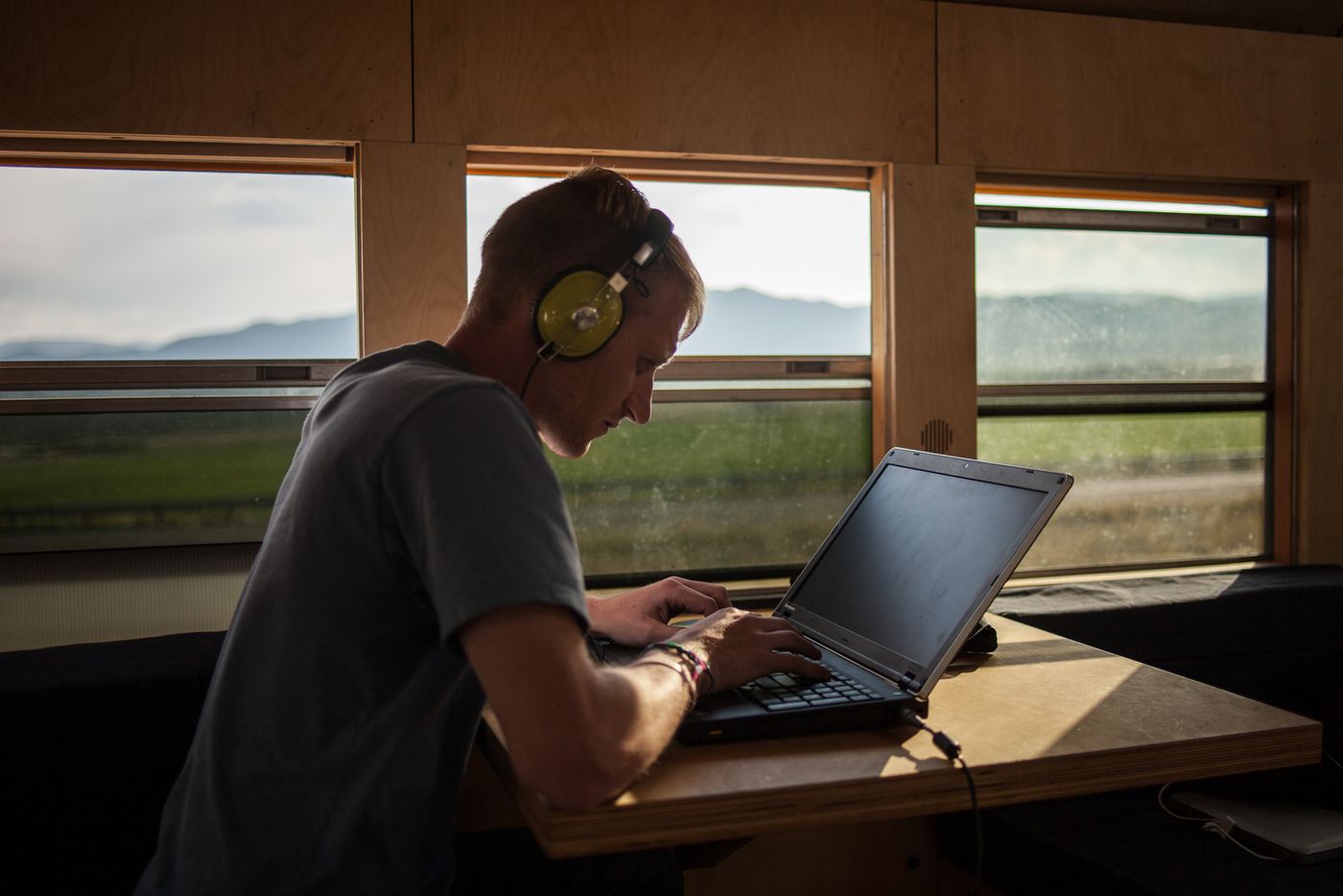
Photo © Justin Evidon.
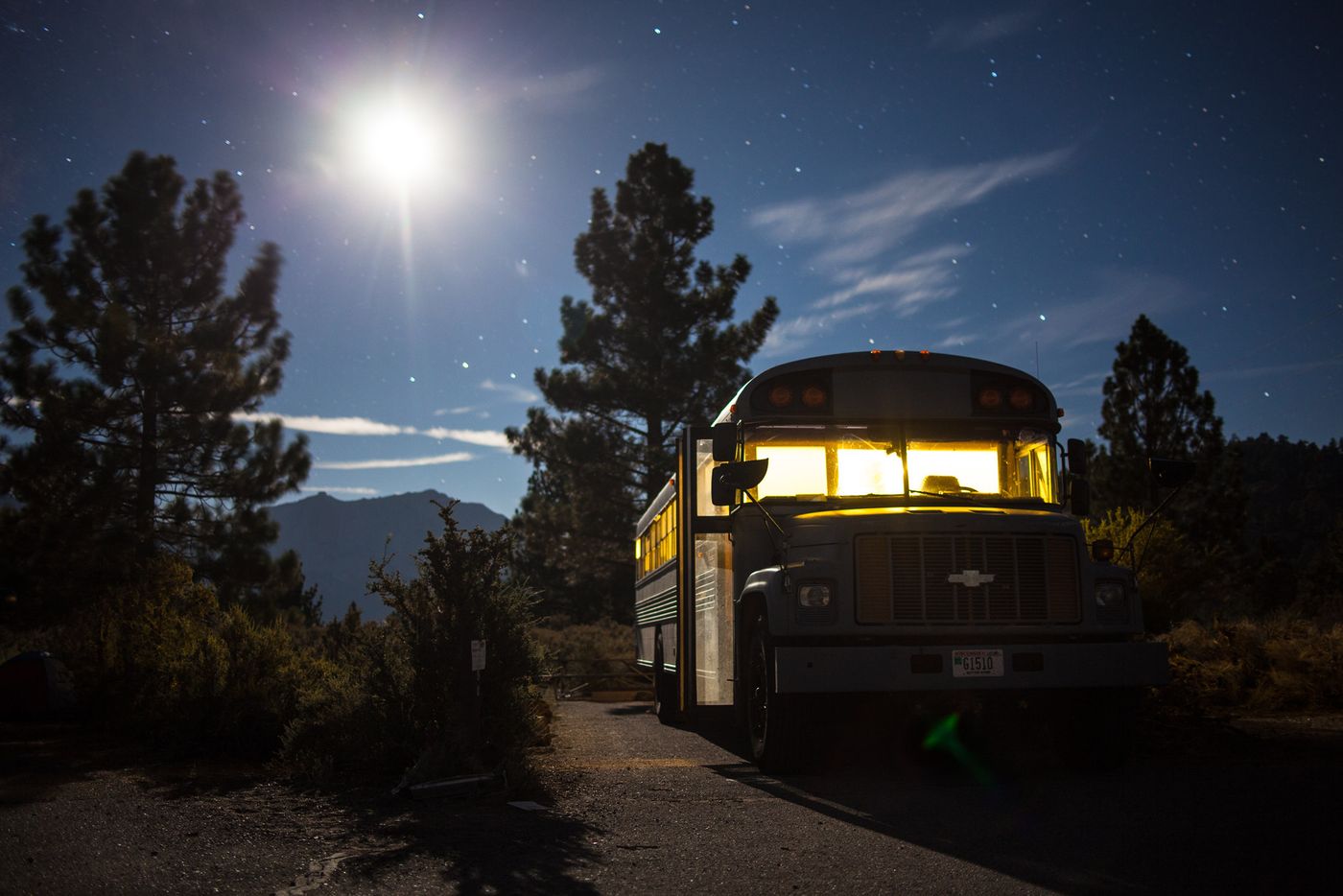
Photo © Justin Evidon.
